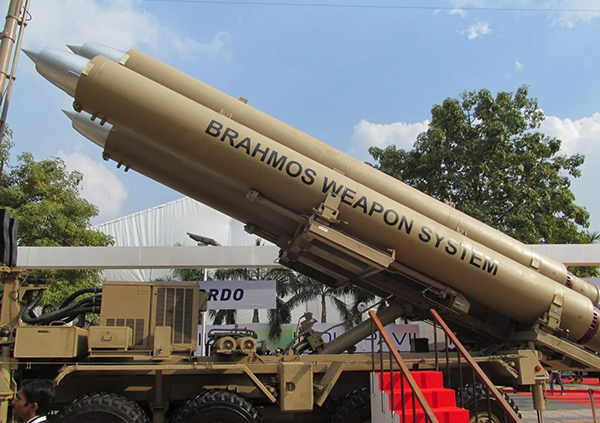
After inking its first-ever export agreement for the BrahMos supersonic cruise missile with the Philippines, India has been eyeing other countries in Southeast Asia, with a particular emphasis on Indonesia.
BrahMos Aerospace CEO Atul Rane recently said that three or four nations in South East Asia and the Middle East could buy Indo-Russian BrahMos missiles in the next few years.
“I expect another one or two we will have another three-four countries on board from South East Asia and the Middle East. Those countries which are coming in the press – Vietnam, Indonesia, Malaysia,” the chief executive said. “In the Middle East, it could be UAE, Saudi Arabia,” Rane emphasized.
Oman has also shown interest in the BrahMos missiles, Rane said.
If a deal is indeed signed between the two sides, Indonesia will become the second ASEAN member country after the Philippines to import missiles from India. In January 2022, India signed a $375 million deal with Manila to supply three BrahMos ground-based anti-ship missiles.
In 2018, Indonesia first expressed interest in purchasing the Indo-Russian jointly produced cruise missile.
The negotiations with Jakarta have been in advanced stages for a while and were also on the “top of the agenda” when the Indonesian Defense Minister visited India in July 2020.
Indonesia plans to equip its warships with the BrahMos missile. The short-range BrahMos ramjet supersonic cruise missile can be launched from aircraft, ships, land platforms, and submarines. Additionally, this missile can fly at 2.8 Mach, or three times the speed of sound.
Comparison with Harpoon
It is pertinent to note that the US has a close functional partnership with most ASEAN states. In fact, Taiwan already has Harpoon missiles in the wider Indo-Pacific region.
The Harpoon is an over-the-horizon, subsonic, high-explosive anti-ship missile. It follows its target with active radar and detonates on contact. The missile’s 224-kilogram payload is intended to provide a sharp burst. The flexible missile can be launched from vehicles, including trucks, submarines, and airplanes. The Harpoon has gone through several Blocks or stages of development. The newest operational Harpoon model, Block 2, has enhanced resilience to countermeasures and better targeting, among other significant characteristics.
In contrast, BrahMos is one of the few cruise missiles worldwide that can travel at high supersonic speeds. The missile is exceptionally challenging to intercept due to its speed. Harpoon is a subsonic missile, while BrahMos’ supersonic speed is one of its most significant advantages.
Another advantage that BrahMos has over the Harpoon missile is its low radar signature which makes it harder to intercept. While Harpoon Block II missile has a maximum range of 240 kilometers, the BrahMos can hit a target as far as 290 kilometers. Further, the BrahMos can carry a payload of 200-300 kilograms.
While the Harpoon can be launched from a fixed-wing aircraft, surface ship, and submarines, the BrahMos missile could be launched from the ground, ships, submarines, and fixed-wing aircraft.
While the Philippines has bought ground-based anti-ship missiles, Indonesia could be buying the warship variant. This is the versatility that BrahMos offers.

















